Water is the essence of life, a vital resource that sustains us, the core of our survival. In emergency situations or while exploring the wilderness, finding and purifying water becomes a crucial skill. This comprehensive guide delves into innovative techniques for collecting and purifying water, ensuring you can stay hydrated and healthy in any situation.
Introduction to Water Collection and Filtration
Access to clean water is paramount for survival. The human body can survive for weeks without food, but only a few days without water. In survival situations, the ability to collect and purify water can mean the difference between life and death.
Understanding Water Sources
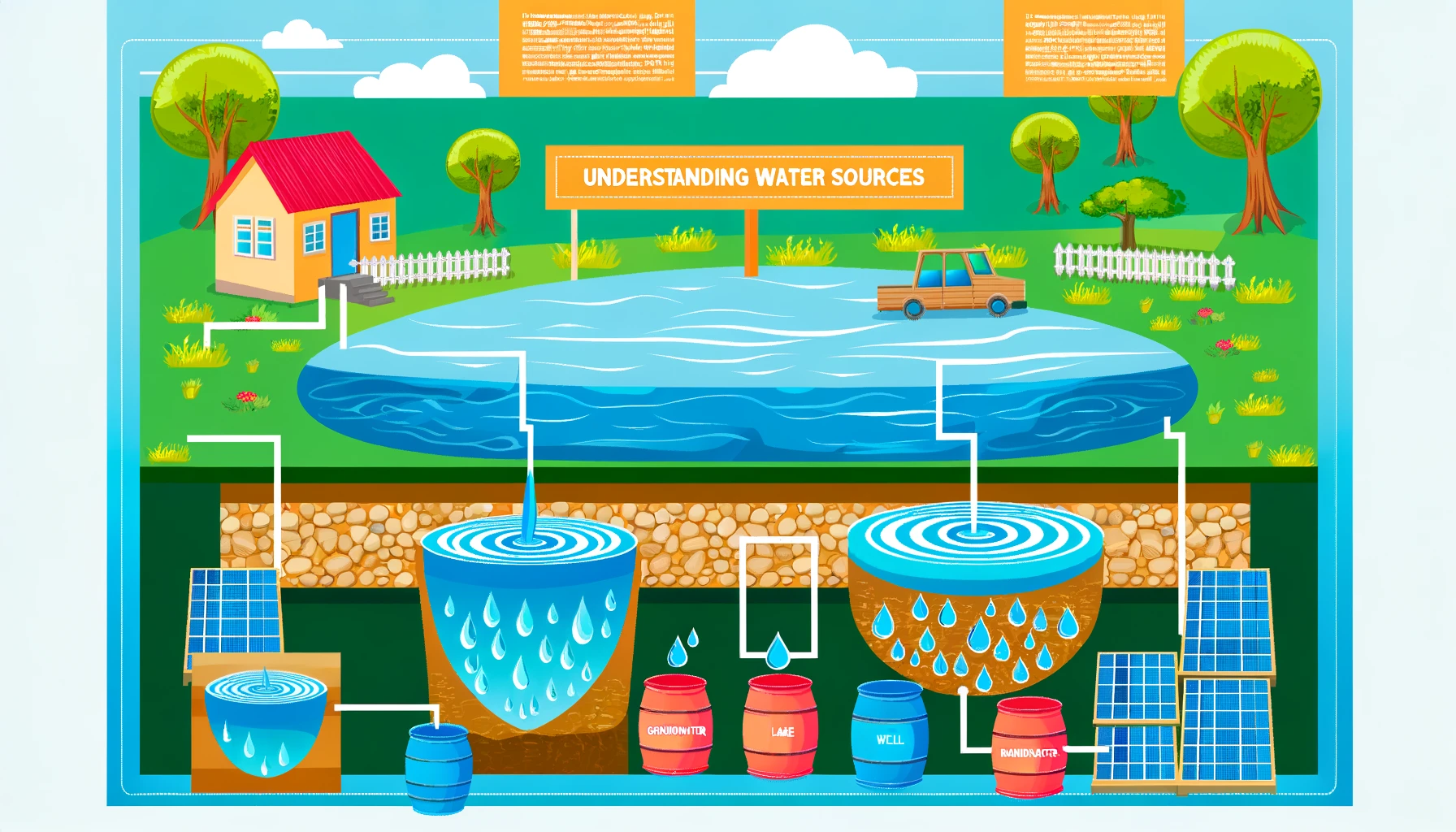
Water can be found in various natural sources, including rivers, lakes, streams, rainwater, and underground sources like springs. Each source presents its own challenges in terms of collection and purification. It’s crucial to understand the potential contaminants present in these sources, which can range from natural debris and microorganisms to human-induced pollutants.
Innovative Water Collection Techniques
- Rainwater Harvesting: Collecting rainwater is a straightforward method of obtaining clean water. Innovative approaches such as using large leaves or tarps to catch and funnel rainwater into containers can be effective. Ensure that the collection surface is clean to avoid contamination.
- Dew Collection: Early mornings can provide an excellent opportunity to collect dew with absorbent materials like cloth, which can then be wrung out into containers. This method is particularly useful in arid regions where dew may be a more reliable water source than rainfall.
- Solar Stills: A solar still uses the sun’s energy to evaporate water from the ground or vegetation, condensing it on a clear covering and collecting it. This method not only collects water but also purifies it, making it safe to drink.
- Transpiration Bags: Placing a clear plastic bag over a leafy branch of a non-poisonous tree can collect water through transpiration. The water vapor from the leaves condenses inside the bag, providing a clean source of water.
Advanced Filtration Methods
Once water is collected, filtration and purification are essential steps to make it safe for drinking. Here are some innovative methods:
- Ceramic Filters: Ceramic filtration involves passing water through the pores of a ceramic filter, which removes contaminants. Some modern ceramic filters are impregnated with silver, which acts as an antimicrobial agent to further purify the water.
- UV Light Purification: Portable UV light purifiers are a high-tech solution that kills bacteria, viruses, and protozoa by disrupting their DNA. This method requires electronic devices but is highly effective and fast.
- Chemical Purification: Iodine and chlorine tablets are a common chemical method for purifying water. However, innovative approaches include using chlorine dioxide, which is more effective against a broader range of pathogens and leaves less residual taste.
- Biosand Filters: A more natural and sustainable method involves using a biosand filter, which combines biological and physical filtration processes to purify water. Water passes through layers of sand and gravel, with a biofilm layer acting to remove pathogens.
- Homemade Filters: In a pinch, you can create a simple but effective filter using natural materials. Layers of charcoal, sand, and gravel can remove particles and some contaminants. This method can be improved with boiling, the most reliable method to kill pathogens.
Safety Considerations and Best Practices

- Always Filter or Purify: Regardless of the collection method, always filter or purify water before drinking to avoid waterborne diseases.
- Know Your Environment: Be aware of potential sources of contamination near your water source, such as industrial runoff or agricultural chemicals.
- Boil Water When in Doubt: If you’re unsure about the effectiveness of your purification method, boiling water for at least one minute (or three minutes at altitudes above 6,500 feet) is a fail-safe way to kill pathogens.
Conclusion
Innovative techniques for water collection and purification are essential skills for anyone venturing into the wilderness or preparing for emergency situations. By understanding and implementing these methods, you can ensure access to safe drinking water, a critical component of survival. Remember, preparation and knowledge are key. Whether you’re hiking, camping, or in a survival situation, knowing how to collect and purify water can save your life.
Further Reading and Resources
For those interested in delving deeper into survival skills and water purification techniques, numerous resources are available. Books, online courses, and workshops can provide hands-on experience and further knowledge. Organizations like the Red Cross and survival training centers offer courses in wilderness survival, including water collection and filtration.
In conclusion, water is a precious resource that requires respect and understanding to manage properly, especially in survival situations. By employing innovative collection and purification methods, you can safeguard your health and ensure your resilience in the face of adversity. Stay prepared, stay

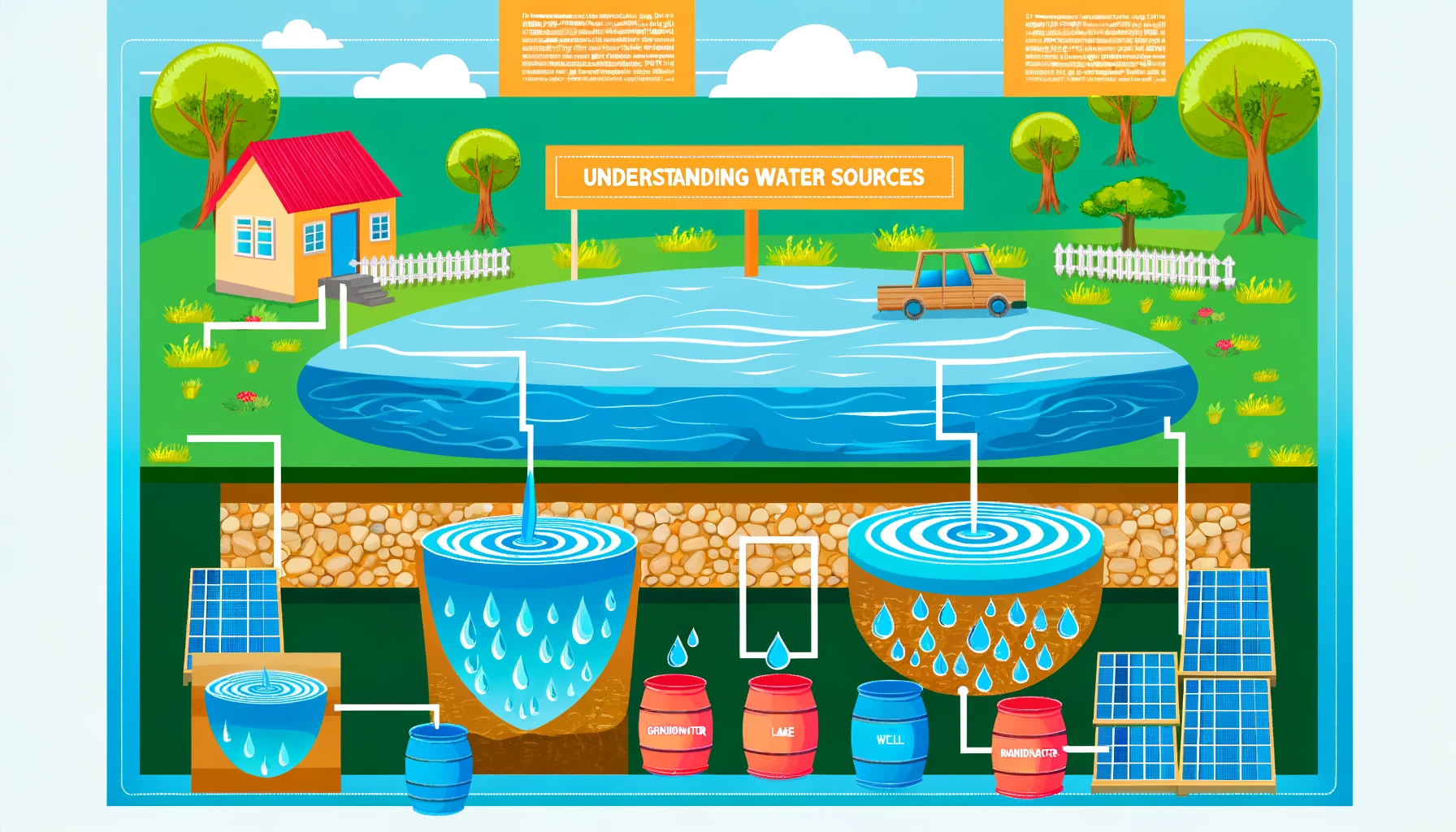

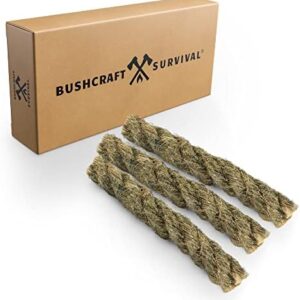
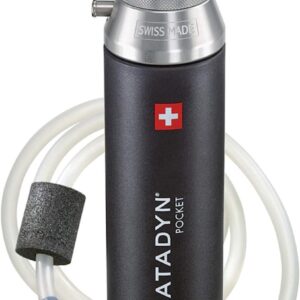
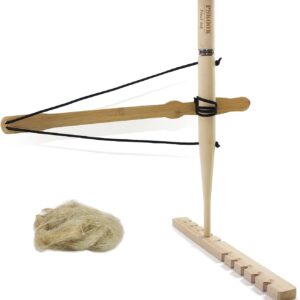

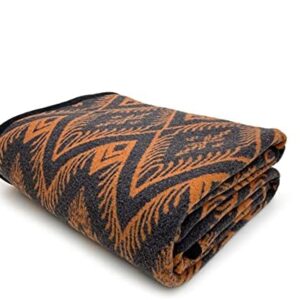
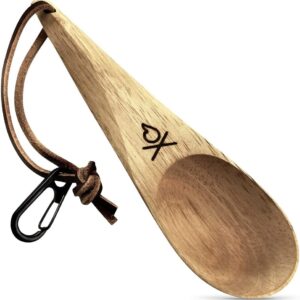


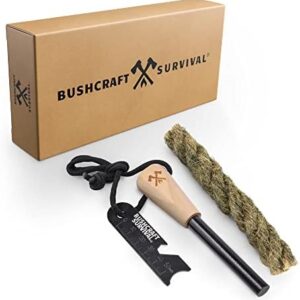


0 Comments